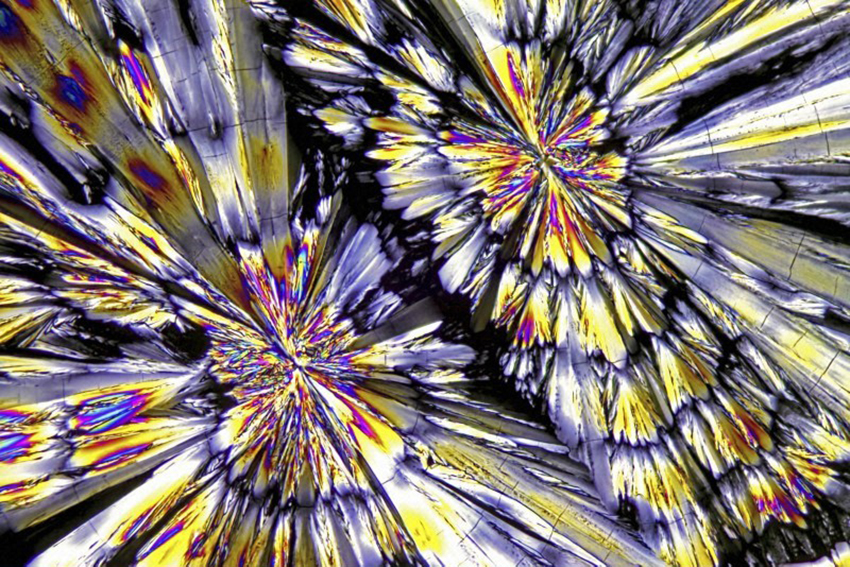Could Ketamine Infusion Help Treat Depression?

Ketamine crystals photo by Spike Walker/Wellcome Images via Flickr/Creative Commons
A hallucinogenic drug without FDA approval is making waves as a possible cure for severe depression.
Ketamine is a synthetic compound that has been used clinically as an anesthetic since 1970. More recent research, however, has suggested that ketamine infusion may also be effective for those with treatment-resistant depression.
One study from the National Mental Health Institute, for example, found that an infusion led to “robust and rapid antidepressant effects” after a single dose, with positive effects occurring within two hours after infusion and remaining significant for up to a week. Massachusetts General Hospital is also currently running a study that tests how well the procedure treats Major Depressive Disorder.
Sometimes used illicitly as a club drug because of its hallucinogenic effects, ketamine works by inhibiting certain sensations in the brain, and may induce dream- or trance-like states. Doctors and researchers believe the drug may also regenerates synaptic brain connections, which explains why ketamine may help patients with depression, as depression often causes damage and stress to brain cells.
While ketamine is FDA-approved for anesthesia, it hasn’t been approved for treating depression and likely won’t be until more research is done. (Studies have also examined its ability to treat chronic pain, and have uncovered a number of side effects in the process.) As a result, the treatment can be difficult to find and expensive to pay for.
Nonetheless, an increasing number of practitioners are beginning to offer ketamine without FDA approval. Needham psychiatrist Bruce Kaster just began offering ketamine therapy, through an offshoot of his practice called Ketamine Greater Boston.
“In my experience as a psychiatrist, it is heartbreaking to witness first-hand the pain and hopelessness of treatment-resistant depression,” Kaster said in a statement. “It is my job to do absolutely everything in my power to help those who are suffering, to afford them a greater quality of life.”


